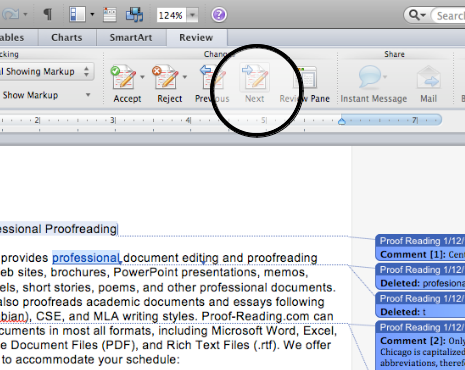


The MT/ST automated word wrap, but it had no screen. This was a model of the IBM Selectric typewriter from the earlier part of this decade, but it came built into its own desk, integrated with magnetic tape recording and playback facilities along with controls and a bank of electrical relays. Thus by 1972 discussion of word processing was common in publications devoted to business office management and technology, and by the mid-1970s the term would have been familiar to any office manager who consulted business periodicals.Įlectromechanical and electronic word processing īy the late 1960s, IBM had developed the IBM MT/ST (Magnetic Tape/Selectric Typewriter). Word processing paralleled the more general "data processing", or the application of computers to business administration. But by 1971 the term was recognized by the New York Times as a business "buzz word". However, it did not make its appearance in 1960s office management or computing literatures, though many of the ideas, products, and technologies to which it would later be applied were already well known. The term “word processing” (translated from the german word Textverarbeitung) itself was created in the 1950s by Ulrich Steinhilper, a German IBM typewriter sales executive. It was not until decades later that the introduction of electricity and electronics into typewriters began to help the writer with the mechanical part. The only "word processing" these mechanical systems could perform was to change where letters appeared on the page, to fill in spaces that were previously left on the page, or to skip over lines. In the late 19th century, Christopher Latham Sholes created the first recognizable typewriter although it was a large size, which was described as a "literary piano". More than a century later, another patent appeared in the name of William Austin Burt for the typographer. The first word processing device (a "Machine for Transcribing Letters" that appears to have been similar to a typewriter) was patented by Henry Mill for a machine that was capable of "writing so clearly and accurately you could not distinguish it from a printing press". Through history, there have been three types of word processors: mechanical, electronic and software. The concept of word processing arose from the more general data processing, which since the 1950s had been the application of computers to business administration. The term word processing appeared in American offices in early 1970s centered on the idea of streamlining the work to typists, but the meaning soon shifted toward the automation of the whole editing cycle.Īt first, the designers of word processing systems combined existing technologies with emerging ones to develop stand-alone equipment, creating a new business distinct from the emerging world of the personal computer. The history of word processing is the story of the gradual automation of the physical aspects of writing and editing, and then to the refinement of the technology to make it available to corporations and Individuals. Rather, they evolved from mechanical machines and only later did they merge with the computer field.

Word processors did not develop out of computer technology. 3 Electromechanical and electronic word processing.


 0 kommentar(er)
0 kommentar(er)
